-
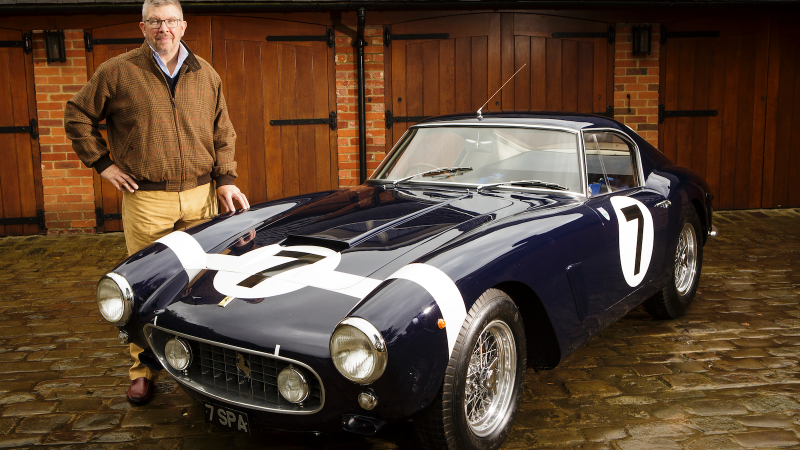 © Tony Baker/Classic & Sports Car
© Tony Baker/Classic & Sports Car -
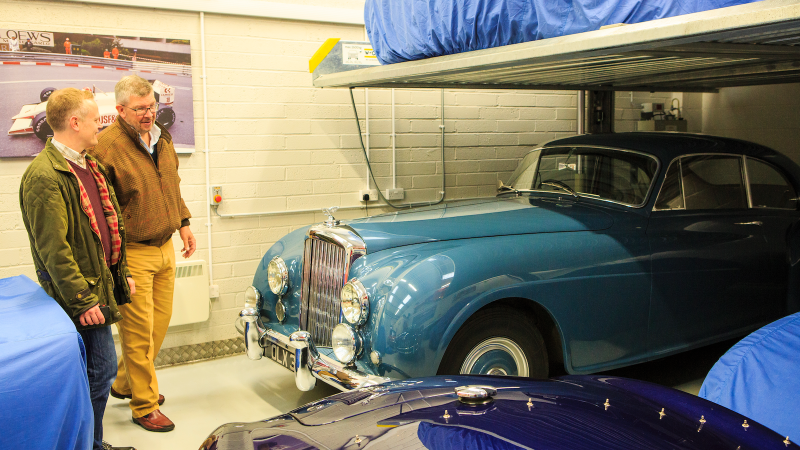 © Tony Baker/Classic & Sports Car
© Tony Baker/Classic & Sports Car -
 © Tony Baker/Classic & Sports Car
© Tony Baker/Classic & Sports Car -
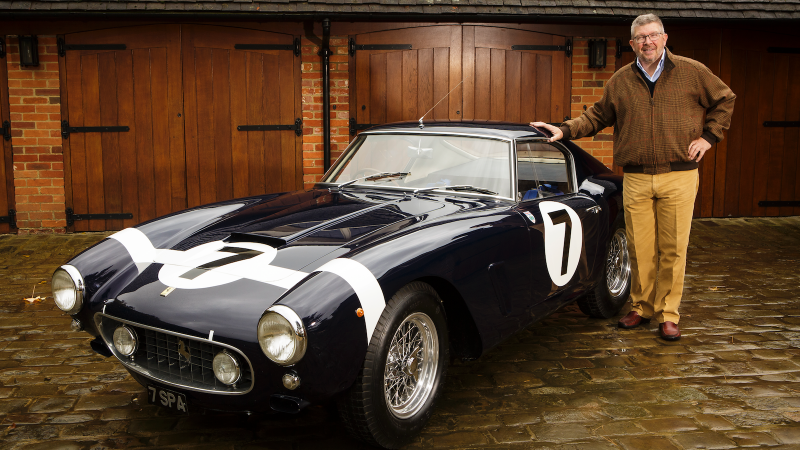 © Tony Baker/Classic & Sports Car
© Tony Baker/Classic & Sports Car -
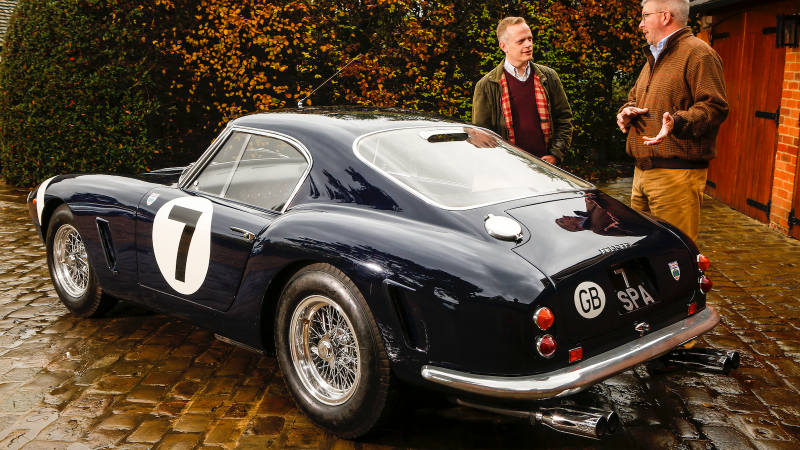 © Tony Baker/Classic & Sports Car
© Tony Baker/Classic & Sports Car -
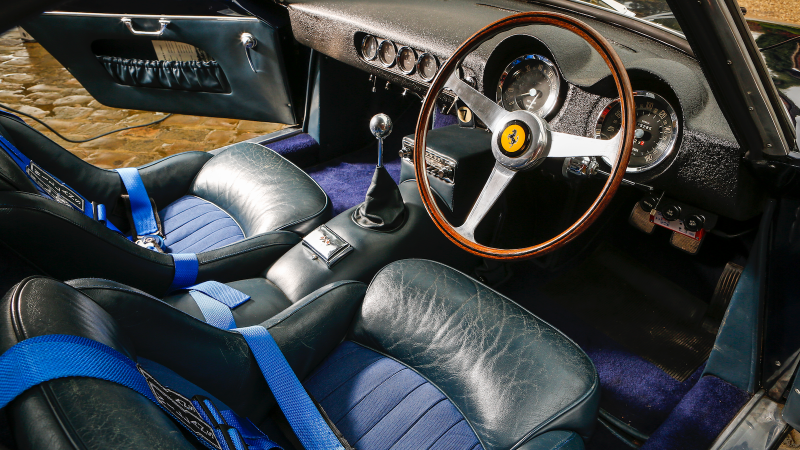 © Tony Baker/Classic & Sports Car
© Tony Baker/Classic & Sports Car -
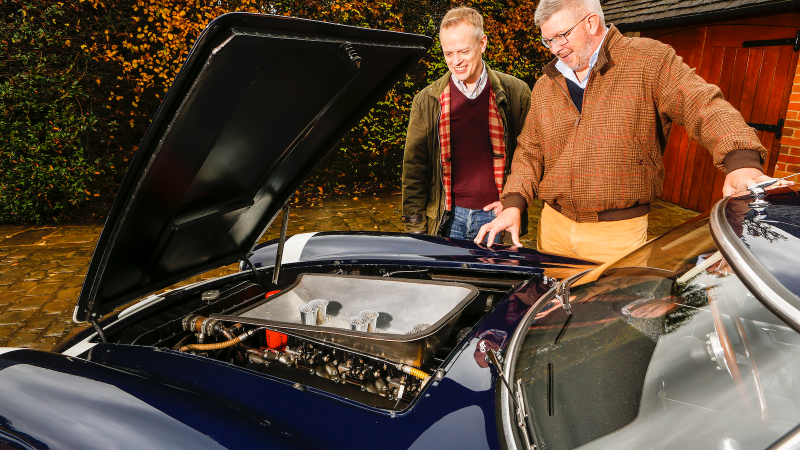 © Tony Baker/Classic & Sports Car
© Tony Baker/Classic & Sports Car -
 © Tony Baker/Classic & Sports Car
© Tony Baker/Classic & Sports Car -
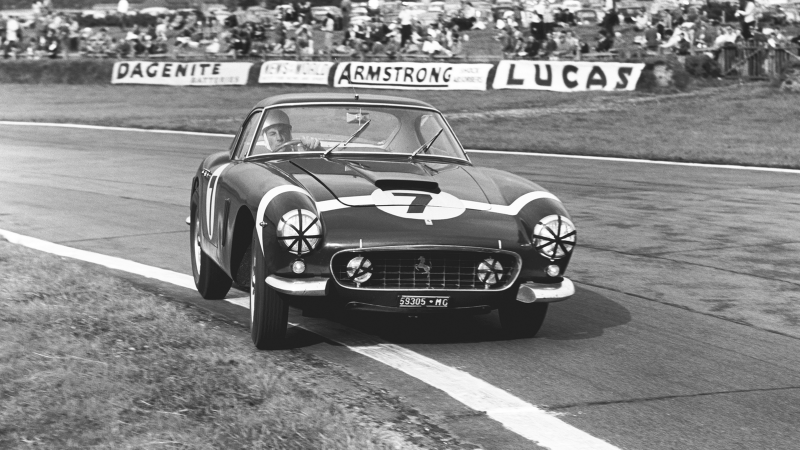 © LAT Photographic
© LAT Photographic -
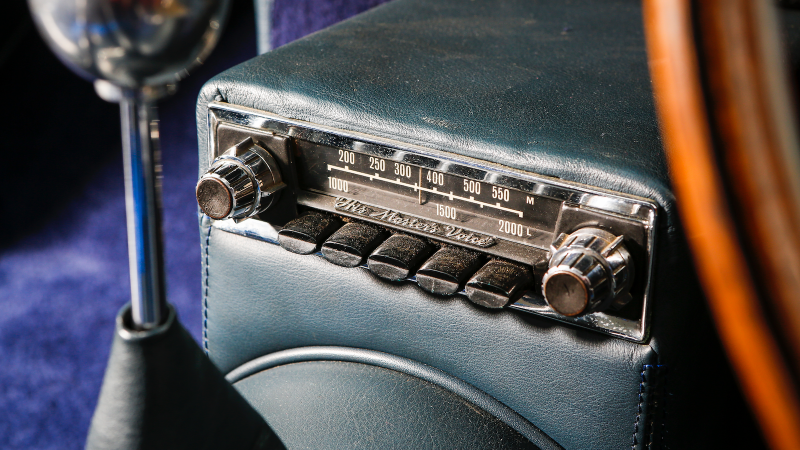 © Tony Baker/Classic & Sports Car
© Tony Baker/Classic & Sports Car -
 © Tony Baker/Classic & Sports Car
© Tony Baker/Classic & Sports Car -
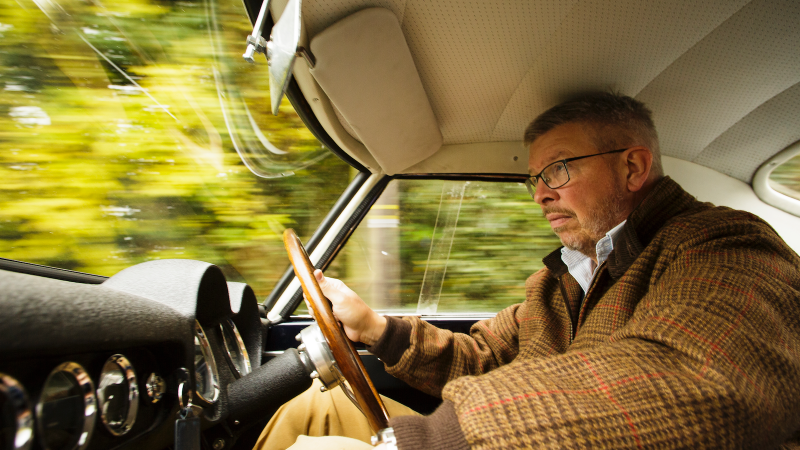 © Tony Baker/Classic & Sports Car
© Tony Baker/Classic & Sports Car -
 © Tony Baker/Classic & Sports Car
© Tony Baker/Classic & Sports Car -
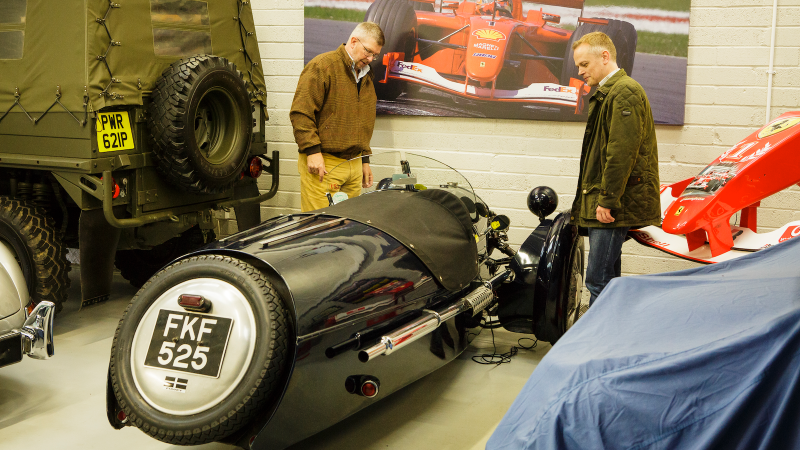 © Tony Baker/Classic & Sports Car
© Tony Baker/Classic & Sports Car -
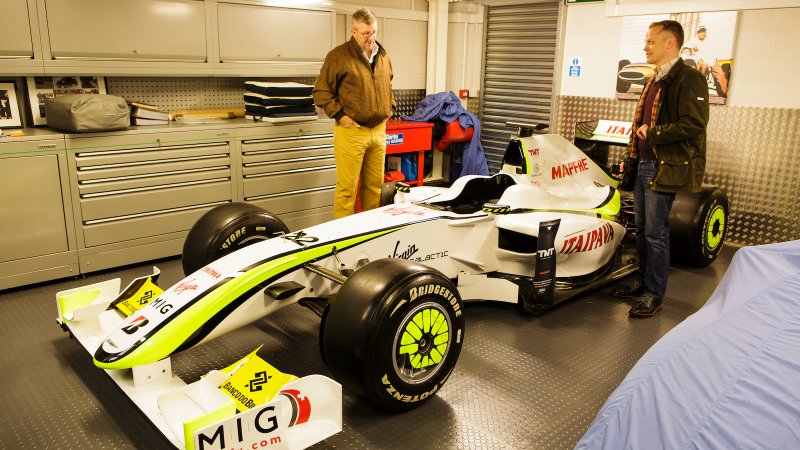 © Tony Baker/Classic & Sports Car
© Tony Baker/Classic & Sports Car -
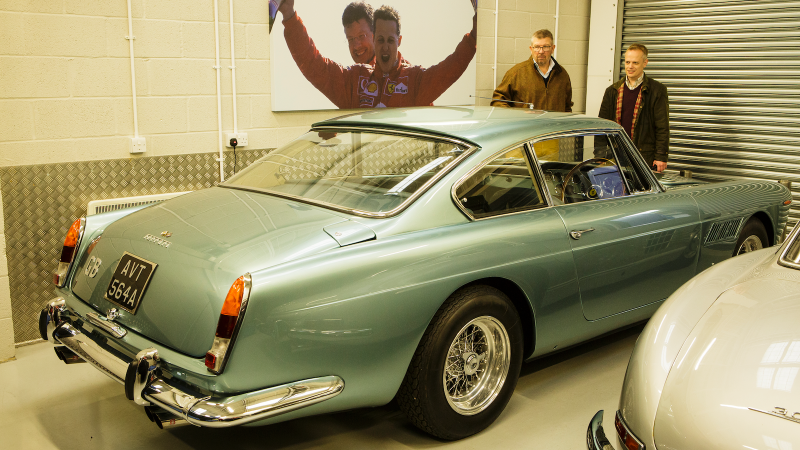 © Tony Baker/Classic & Sports Car
© Tony Baker/Classic & Sports Car -
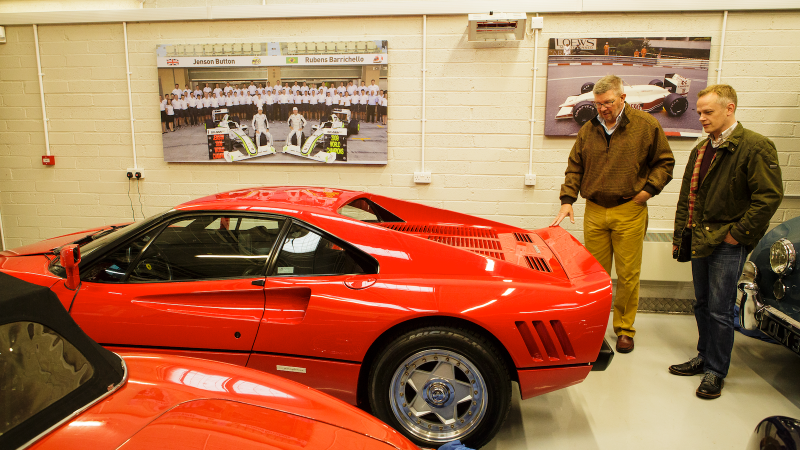 © Tony Baker/Classic & Sports Car
© Tony Baker/Classic & Sports Car -
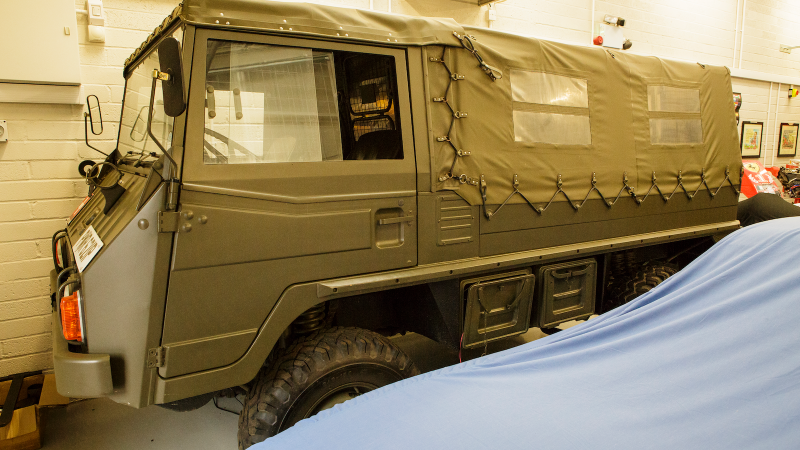 © Tony Baker/Classic & Sports Car
© Tony Baker/Classic & Sports Car -
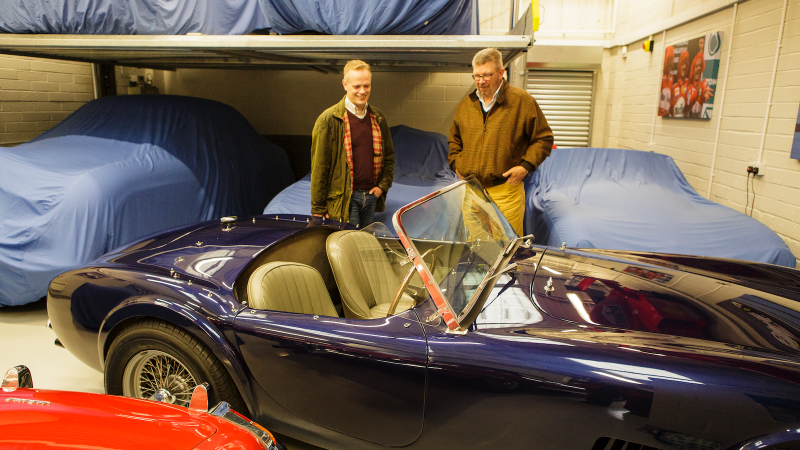 © Tony Baker/Classic & Sports Car
© Tony Baker/Classic & Sports Car -
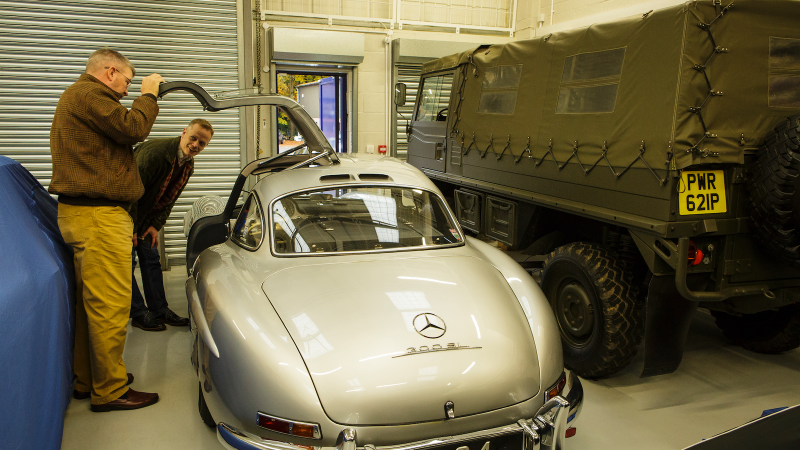 © Tony Baker/Classic & Sports Car
© Tony Baker/Classic & Sports Car -
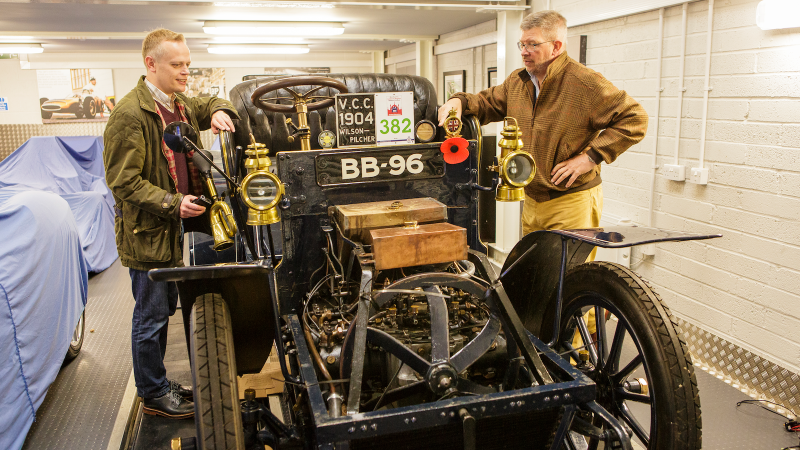 © Tony Baker/Classic & Sports Car
© Tony Baker/Classic & Sports Car -
 © Tony Baker/Classic & Sports Car
© Tony Baker/Classic & Sports Car -
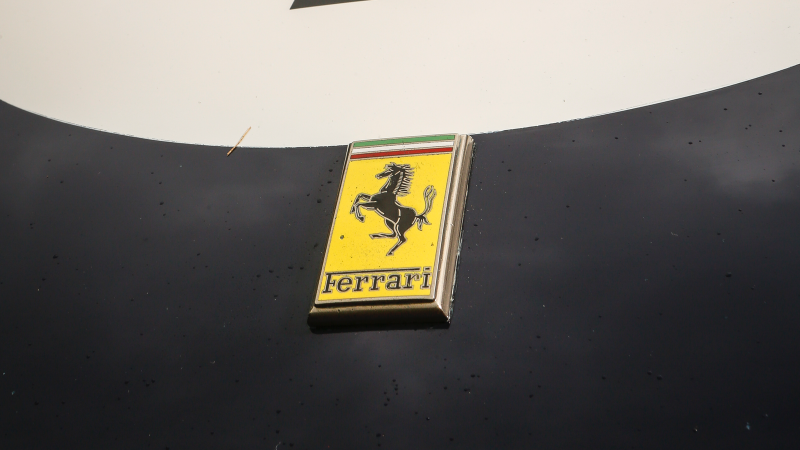 © Tony Baker/Classic & Sports Car
© Tony Baker/Classic & Sports Car -
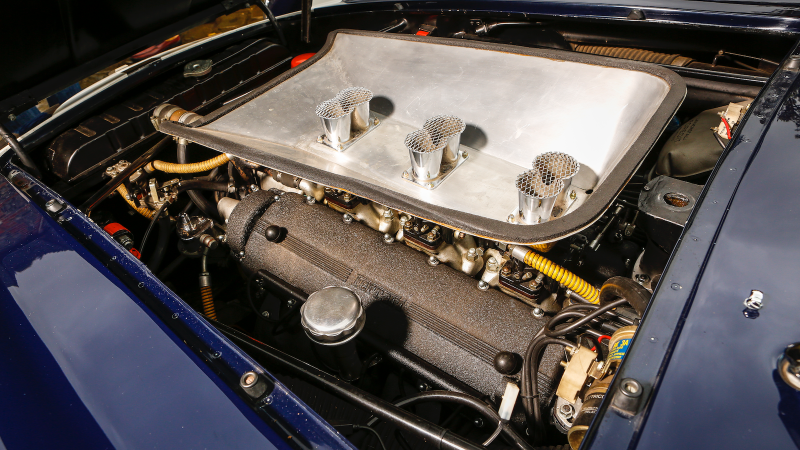 © Tony Baker/Classic & Sports Car
© Tony Baker/Classic & Sports Car -
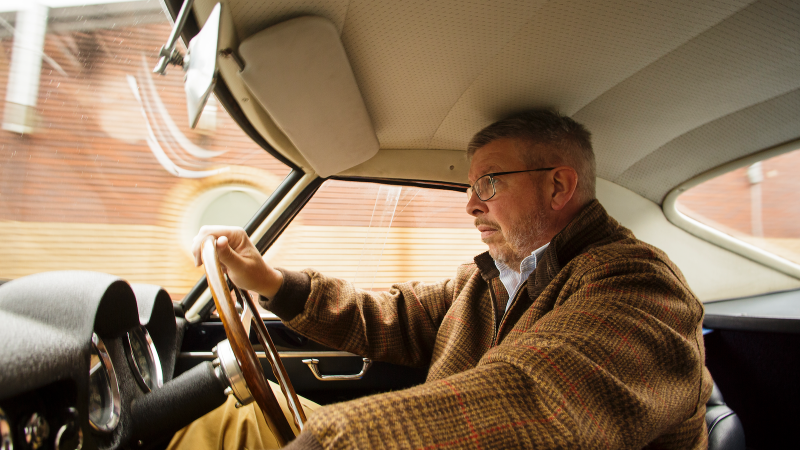 © Tony Baker/Classic & Sports Car
© Tony Baker/Classic & Sports Car
-
Step inside the garage of the F1 team supremo
Ross Brawn knows a thing or two about cars: over the past four-and-a-bit decades, this quietly spoken man has enjoyed towering success in motorsport.
From designing world-beating Jaguar Group C cars for Tom Walkinshaw’s fabled racing outfit to overseeing Benetton’s transformation into a Formula 1 World Championship contender, he even turned Ferrari from a pitlane joke into a racing superpower.
Oh, and he saved an entire team when Honda pulled out of F1 in 2008 – putting his name above the door and claiming the World Championship to boot as Brawn GP, all without a major sponsorship deal.
All that success also means that he’s a man with, well, means – which is how he’s been able to amass a carefully selected collection of some 30 stunning cars. And he let us have a nosy around.
-
Buying from the heart
Naturally, Brawn’s 30-strong collection isn’t the work of a moment; to him, it’s more of an accumulation.
“I buy cars I like; cars that interest me,” he says. “I suppose I have eclectic taste, so some of them might not seem particularly obvious.”
-
Starting with a zinger
“Growing up, I used to look agog at cars such as the E-type,” he continues.
“But it wasn’t until the mid-to-late ’80s that I was in a position to buy something special. My first classic was a Mk2 3.8 [E-type] that I bought while I was involved with Jaguar’s sports car programme. XK Engineering found me a nice example, and later an E-type S1 FHC. I still have them.”
-
Going big with a winner
“As my career developed, I was able to buy cars that had been out of reach. The first major purchase was a [Ferrari] 275GTB/4 that I bought in the ’90s when there was a lull in the market.”
But it’s another Ferrari that’s the showstopper in Brawn’s collection: a Ferrari 250GT SWB. And not just any 250GT SWB, either – this is the very one that was driven by Stirling Moss to win the 1960 Tourist Trophy at Goodwood.
-
Not in the market
The 250GT is a car with history. A car that matters. A car that’s worth more than you can imagine – and, naturally, its acquisition wasn't a snap decision.
“The SWB was the aspirational dream,” remembers Brawn. “I already had an ex-Eric Clapton right-hand-drive road car with all-aluminium body. In fact, I still have it – so I wasn’t looking to buy another one.”
-
Persuasion game
His mind began to be changed, though, with a cryptic text message from one Jeremy Cottingham of DK Engineering. According to Brawn, "It read: ‘Do you want to buy the best Ferrari SWB in the world?’”
“The more I researched its history, the more excited I became. We teased each other for a few days, but then it became a bit serious.”
-
Offer he couldn't refuse
“Negotiations started and continued during my trip to Austin, Texas, for the US Grand Prix in November 2012. I was taking calls at odd times throughout the race weekend."
"On returning home, I went to see the car and that was a very special moment. [Ferrari specialist] Bob Houghton looked it over and provided a second opinion. I then took a deep breath and bought it. I couldn’t resist.”
-
That certain something
But why this particular Ferrari?
“This car has a certain aura. It was something of a freak in that it was raced extensively over a two-year period, with Stirling and Mike Parkes driving, and then that was it. There was no gradual deterioration. It didn’t end up getting damaged in club racing or being chopped about.”
-
A sense of Stirling
“Not only that,” he continues. “Like most enthusiasts I grew up aware of Stirling and his many achievements. Sir Stirling and Lady Moss are good friends, and I think some of his charisma has rubbed off on this car. It isn’t just that, though. I have enjoyed immersing myself in its history.”
-
Penning his thoughts
This interest in tracing the car’s past life led to Brawn collaborating with Doug Nye on The Autobiography of 2119GT.
“I was asked to write a few chapters and one of them concerns how the car might have been designed had today’s approaches and technology been available. That got me thinking about what we nowadays take for granted in terms of the design process.”
-
Beauty by the numbers
“We have access to a lot more information than was available back then... Ferrari didn’t have anything like [today’s data] more than half a century ago, but the SWB worked. It was the culmination of experience gained with the many 250-series models that had gone before it.”
“And quite aside from its worth as a racer, it remains one of the most beautiful cars ever made. There isn’t a line wrong on it.”
-
Rain or shine driver
And with that, Brawn contorts his 6ft 2in frame into the SWB’s cosy cockpit and fires up its 3-litre V12.
Some owners are reluctant to take classics of half the value past the end of their drive – but not this one. It’s a blustery day with black clouds overhead, but Brawn isn’t about to let a little (torrential) rain get in the way of enjoying himself.
“It makes such a fabulous noise,” he says, somewhat superfluously.
-
Here are some he bought earlier
While the Ferrari warms, there’s just enough time to take in the other cars housed nearby, which include a fabulous 1931 Invicta S-type and a 911 Carrera RS 2.7 Touring – both highly sought-after in their own right.
“I’m not massively into Porsches, but I do love the RS. I’m good mates with John Watson – we’re fishing buddies – and he has owned one ever since his first season in F1 back in 1974. I tried buying his car, but ‘Wattie’ wouldn’t sell it, so I purchased this one.”
-
Hidden treasures
With the SWB up to temperature, it's off to a couple of industrial units located some distance from Brawn's Oxfordshire home.
Once there, matters take a slight turn for the surreal: it soon becomes a game of ‘guess the car under the dust-sheet by outline alone’ – starting with a ’38 JAP-engined Morgan Super Sports.
-
Winning machine
Nearby is a 2009 Brawn BGP 001 – one of the very machines that helped the Brit achieve arguably his crowning moment in Formula 1, as his Brawn GP team took both the Constructors’ World Championship and Drivers’ equivalent, with Jenson Button at the helm.
-
Dream car garage
Also vying for attention in Brawn’s garage are several more Ferraris – any one of which would probably represent a dream car for mere mortals: besides the 250GT SWB, we find both a 250GTE and an F40 residing there.
-
Prancing Horse appreciation
Also inside the garage is a Ferrari 288GTO – a stunning machine worth millions.
That he chooses to keep a plethora of Prancing Horses stabled in his lock-up is perhaps a telling tribute to Brawn’s nine-year run at the fabled Italian marque.
-
Something for the winter
It's not all sports cars and roadgoing rarities, though: also kept in Brawn's garage is a Pinzgauer all-terrain vehicle.
“[Legendary engine designer] Mario Illien is a great friend and he had one at his place in Switzerland. He told me that the Swiss army was selling them off, so I bought one.”
-
Ace up his sleeve
“Most of the cars here mean something to me on a personal level. I have always liked ACs, which is why I bought the Ace with the Ruddspeed-Ford engine. It’s the ex-Betty Haig car.”
“I also have a 1964 Cobra MkII 289 which, to my mind, is much nicer than the later 427. It still has the V8 rumble, but with a much prettier body.”
-
Friends first, then family
Nor is that the last of the iconic models in Brawn’s collection: he also owns two Mercedes 300SLs.
“I bought the roadster a long time ago. The Gullwing used to belong to Stuart Graham, whose daughter worked for me at the Mercedes F1 team. Most of my cars have some connection with people I know or have known. I tend to be familiar with cars long before I buy them.”
-
Brawn on the Run
A notable exception is his 1904 Wilson-Pilcher, which Brawn purchased at auction.
Never shy of giving his cars a good run out, he's used the vintage machine to tackle the historic London to Brighton Run – the world’s oldest motoring event: “We finished by the skin of our teeth [in 2015]. The flywheel fell off!”
-
Continent calling
Will he continue to take his cars out of the garage?
“Now that I have more free time, I want to do more events. I would really like to do something with the Invicta – perhaps a continental tour.”
-
A sharer, not a racer
What about the fabled 2119GT? Is there any danger of him taking it out on track in anger?
“I’ve done several Goodwood events, which I enjoy. I also had fun at CarFest, where we auctioned passenger rides for charity. As for racing it, I am not a particularly fast driver, so I would have to say ‘no’.”
-
Heavy burden of history
“This car was raced in period by people who were way more capable than I am, so I would hate to lose such originality by crashing it.”
“The whole historic racing scene is changing. It has become deadly serious. Given the number of replicas, continuation cars, or whatever you want to call them, that are out there, I wouldn’t feel comfortable driving around with the weight of history resting on my shoulders.”
-
Still to be seen
“I’d love to do some gentle rallies, though. The car needs exercising and I want people to see it.”
We couldn’t agree more.
